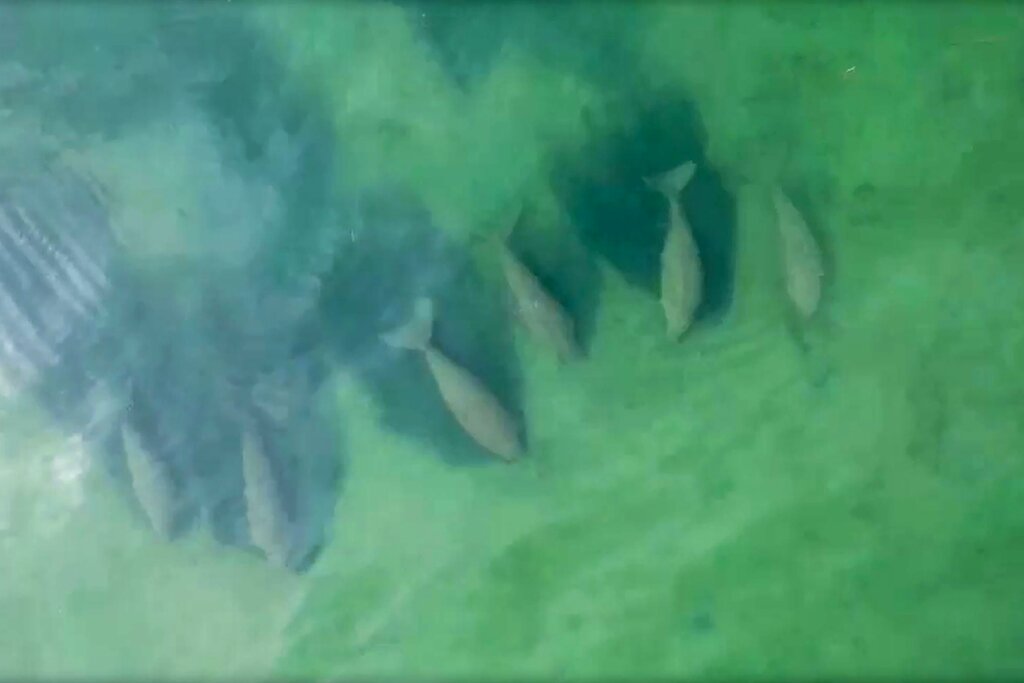I wrote about a month ago about a deep coal mine in Cumbria that was green-lit. Thankfully this foolish plan was reversed.
At a time when many fossil fuel extraction locations around the world will have to stop working without exhausting the resource, the idea of starting a new one is ridiculous. Particularly stupid is to decide to do this, the year that the UK is to host a climate conference – with the purpose of agreeing more cuts.
Continue reading “After foolish coal mine is cancelled MPs are angry”















